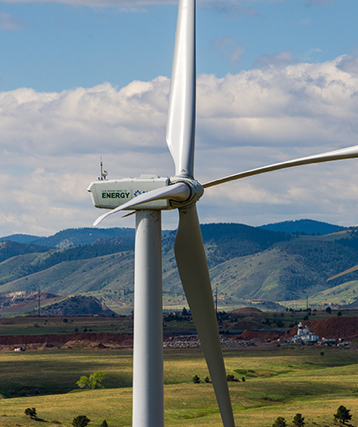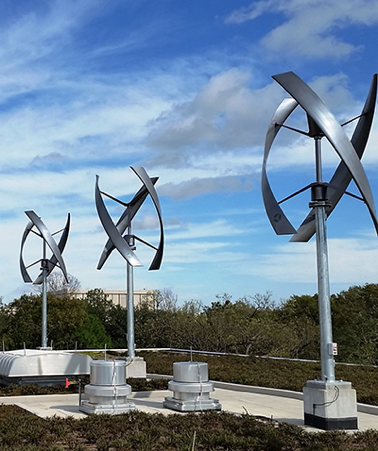Free Courses Sale ends Soon, Get It Now


Free Courses Sale ends Soon, Get It Now



Disclaimer: Copyright infringement not intended.
Context
|
GWEC
|
Highlights of the report
|
India has set an annual target of 8GW onshore wind tender for years 2023-2030 combined with the desired addition of 37 GW of offshore wind by 2030. |
What is Wind Energy?
Working of Wind Turbine
Types of Wind Turbines
The majority of wind turbines fall into two basic types:
Horizontal-Axis Turbines :

Vertical-Axis Turbines:

Wind Energy in India
Current status
Initiatives
Benefits
Challenges
‘Evaluation of Wind Energy in India’ : A 2022 Report by Parliamentary Standing Committee
Key observations and recommendations of the Committee are:
Potential of wind energy
Repowering old turbines
Change in tariff system
Solar-wind hybrid projects
Non-payment by distribution companies
Renewable Purchase Obligation (RPO)
Offshore wind power
|
PRACTICE QUESTION Q) Implementing the suggestions put forward by the Parliamentary Standing Committee in 2022 can be a game changer for the wind energy sector in India. Discuss. (250 words) |
https://www.deccanherald.com/national/india-needs-to-back-its-wind-energy-ambitions-with-investment-global-wind-energy-council-1204693.html
© 2024 iasgyan. All right reserved